Well Abandonment Services in Apopka, FL, and Surrounding Areas
Proper well abandonment protects groundwater and supports environmental stewardship throughout Apopka and its surrounding communities. When a well is no longer in use, proper closure methods are vital to prevent contamination and mitigate risks to surrounding properties. Abandonment procedures follow strict protocols to seal the well safely and permanently. From documentation to plugging and backfilling, every phase plays a critical role in long-term safety and compliance.
Crews perform site assessments, inspect the casing, and prepare the area before beginning any work. Using high-quality materials and tested techniques, technicians fill the wellbore with approved grout, clay, or concrete to prevent unwanted flow between aquifers. Any surface openings are carefully sealed to eliminate exposure. These methods comply with local regulations and support sustainable land use.
-
Decades of field experience contribute to reliable results on every project. Whether residential lots, agricultural land, or commercial properties, we address each well with respect for environmental impact. Projects often involve collaboration with property owners, surveyors, and permitting offices, streamlining the process and helping projects move forward without unnecessary delays.
Timely abandonment helps reduce liabilities and prevent issues that may arise from aging infrastructure. Whether addressing a shallow dug well or a deep artesian structure, having the right team in place brings peace of mind and long-term value. Attention to detail, knowledge of regional hydrogeology, and a commitment to regulatory compliance enable teams to close wells safely and effectively while supporting clean water and community health throughout Apopka and its surrounding areas.
Benefits of Well Abandonment Services
-
Proper well abandonment protects underground water sources by sealing off potential pathways for surface pollutants. Abandoned wells can become direct conduits for bacteria, chemicals, and other contaminants to reach aquifers. By isolating these unused openings, professional sealing methods create a barrier that defends against unintended infiltration. Completing the process with regard to local regulations contributes to improved regional water quality and supports responsible land stewardship. In Apopka and its surrounding areas, these efforts remain crucial for maintaining long-term access to clean, safe groundwater supplies.
-
When wells are left unsealed or improperly closed, they can be a physical hazard and may increase the risk of future legal complications. An open or unstable well structure may collapse, causing injuries or interfering with land use and development. Documented well abandonment offers protection by eliminating structural risks and meeting regulatory requirements. Property owners benefit from knowing that a licensed team has addressed potential dangers. Projects are approached with care, technical accuracy, and respect for the surrounding environment, reducing long-term concerns and promoting safer, more usable spaces.
-
Closing nonfunctional wells helps maintain aquifer balance and prevents unintended drainage or pressure loss in local water systems. When left unchecked, unused wells may disrupt natural recharge patterns or contribute to the wasteful loss of valuable groundwater. Responsible abandonment practices help maintain system integrity and avoid unnecessary drawdowns. In communities that depend on aquifer reliability, protecting those systems supports ongoing resource availability. Every closure reflects a broader commitment to regional sustainability and effective water management practices throughout Apopka and the surrounding landscape.
OUR REVIEWS
Our goal is to provide the best service and customer experience.
Our Well Abandonment Process
For dependable well abandonment services in Apopka, FL, and surrounding communities, Pump Repair Services - Apopka offers professional support backed by experience and commitment to quality.
Every project is managed with care, precision, and a strong understanding of regulatory standards. From initial assessment to final documentation, the process is designed to promote safety and environmental protection.
